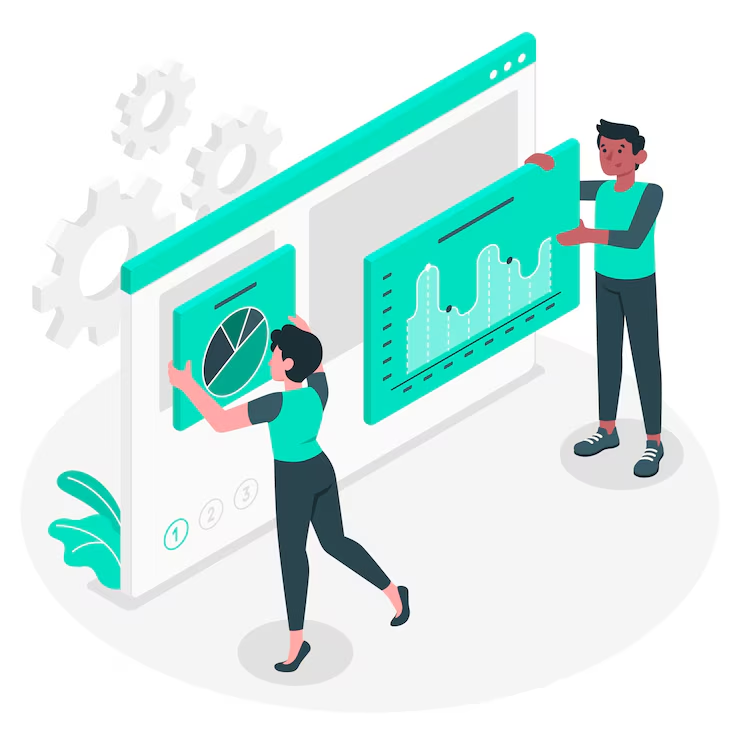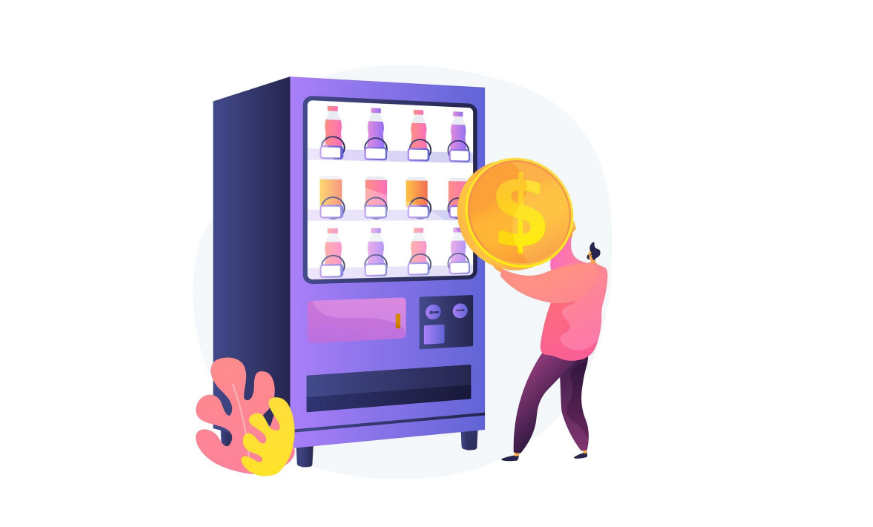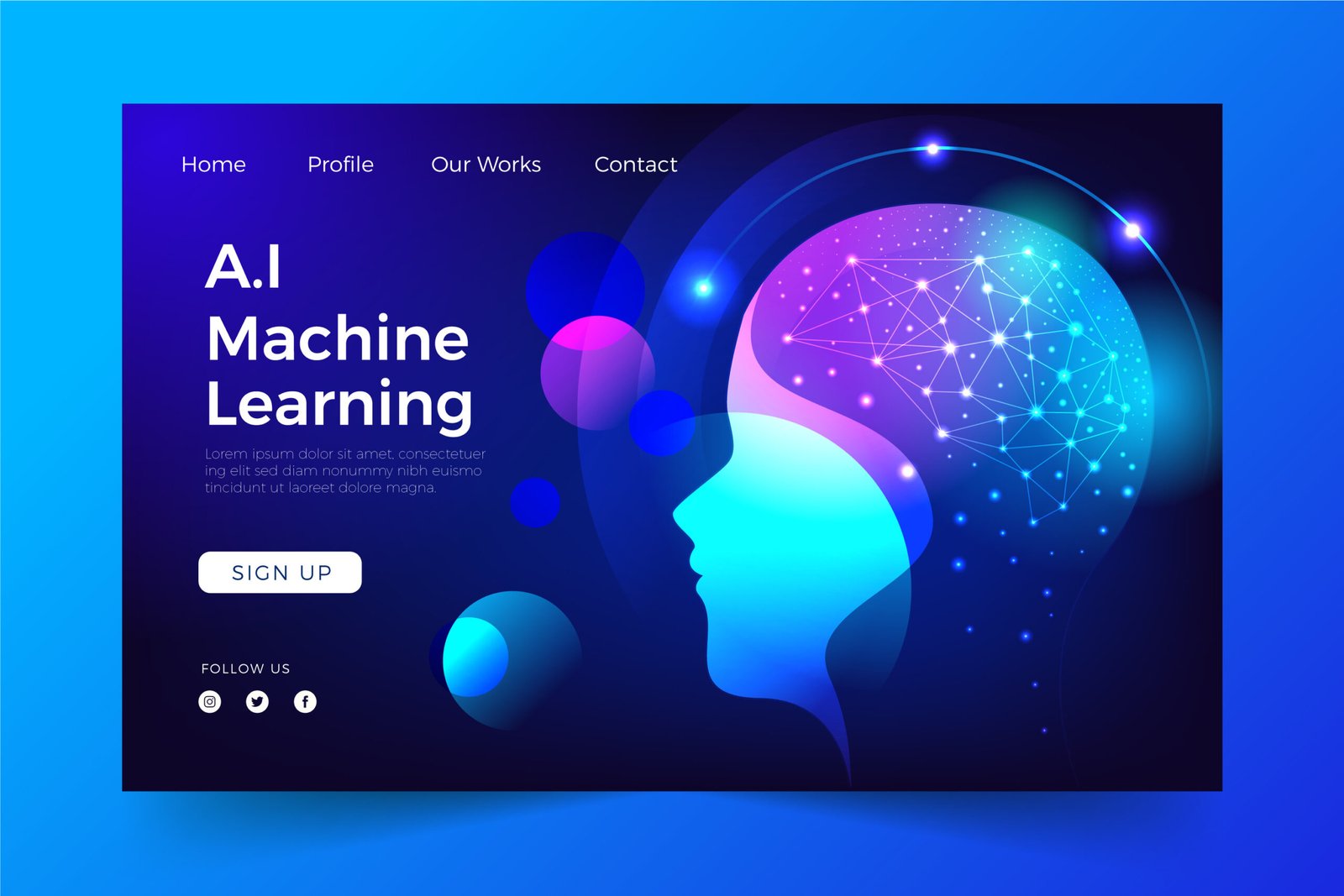The B2B marketing world is evolving at lightning speed. What worked just two years ago may already be outdated. As businesses become increasingly digital and data-driven, B2B martech—the tools and technologies that support business-to-business marketing efforts—has moved to the center of strategic planning.
But with hundreds of platforms and thousands of features competing for attention, how do you know which tools are worth your time (and budget) as we approach 2025?
In this article, we explore what’s hot and what’s not in the B2B martech world. Whether you’re building your first stack or reevaluating an existing one, you’ll learn which technologies are leading the charge, which are falling behind, and how to future-proof your marketing strategy.
Current Trends in B2B Martech (As of 2025)
Before we look ahead, let’s take a quick look at the current B2B martech landscape.
Popular Tools and Technologies in Use:
- Customer Relationship Management (CRM): Salesforce, HubSpot, and Zoho continue to dominate this space.
- Marketing Automation: Tools like Marketo, ActiveCampaign, and Pardot have helped streamline campaign delivery and lead nurturing.
- Email Marketing Platforms: Mailchimp and Sendinblue remain go-to platforms.
- Web Analytics: Google Analytics and Hotjar are widely used to understand user behavior.
- Content Management Systems (CMS): WordPress, Webflow, and Sitecore still power most B2B content hubs.
- SEO Tools: Semrush, Ahrefs, and Moz provide insights into keyword strategies and rankings.
The Growing Role of:
- AI and Machine Learning: Used in content generation, predictive lead scoring, chatbots, and personalization.
- Data Analytics: Advanced dashboards and BI tools like Tableau and Looker help marketers make informed decisions.
- Personalization Engines: Platforms such as Demandbase and Mutiny tailor messaging based on firmographics and user behavior.
In 2023, B2B martech stacks became more integrated and intelligence-driven. But 2025 is poised to bring even more transformative changes.
What’s In for 2025
The B2B martech stack of the future is leaner, smarter, and far more connected. Here’s what’s expected to dominate by 2025:
1. AI-Powered Everything
- Generative AI: Tools like ChatGPT and Jasper are now used for crafting emails, landing pages, and social content.
- Predictive Analytics: Platforms will not only interpret past performance but predict outcomes with high accuracy.
- Intelligent Lead Scoring: AI is improving how we score leads by analyzing buyer behavior in real time.
2. First-Party Data Platforms
As third-party cookies fade out, first-party data is king. Platforms like Segment and Tealium are rising in demand for customer data aggregation and clean data pipelines.
3. Conversational Marketing Tools
- Chatbots and Live Chat: Drift and Intercom are revolutionizing lead engagement.
- Voice Search Optimization: Tools that adapt content for voice search are becoming crucial in SEO strategies.
4. Omnichannel Orchestration Platforms
Expect to see more tools that unify email, SMS, push notifications, and ads into one seamless journey—platforms like Iterable, Klaviyo, and Braze are leading here.
5. Interactive Content and Video Personalization
- Interactive demos, calculators, quizzes are now part of lead-gen.
- Personalized video messaging via tools like Vidyard and Loom is gaining ground for mid-funnel engagement.
6. Privacy and Compliance Tech
With regulations like GDPR, CCPA, and India’s DPDP Act, privacy-first marketing platforms are essential for lawful, ethical lead generation.
What’s Out by 2025
As new tools rise, others are fading. Here are some elements of B2B martech that are likely to become obsolete:
1. Legacy Email Blasts
Sending generic emails to your entire list is a thing of the past. Batch-and-blast is being replaced by behavioral and intent-based nurturing.
Try Instead: Dynamic content personalization platforms that tailor messages based on user behavior.
2. Siloed Tech Stacks
Disconnected tools lead to fragmented data. Businesses are ditching isolated platforms in favor of centralized martech ecosystems.
Try Instead: Unified platforms or CDPs that integrate natively with your CRM, CMS, and analytics tools.
3. Manual Lead Scoring
Scoring leads manually is inefficient and subjective. As B2B buyers become more complex, manual systems can’t keep up.
Try Instead: AI-driven lead scoring based on behavioral data and intent signals.
4. Overly Complex CRM Systems
Enterprise CRMs that require months of setup and daily micromanagement are losing favor.
Try Instead: Leaner, more intuitive CRMs with built-in automation (e.g., HubSpot, Pipedrive).
5. Keyword-Stuffed SEO Content
Outdated SEO tactics like keyword stuffing or producing high-volume, low-quality blogs are ineffective in today’s landscape.
Try Instead: Topic clusters, intent-based SEO, and high-quality long-form content.
Conclusion
The B2B martech stack is no longer just a collection of tools—it’s the backbone of modern marketing success. The tools that once defined digital marketing are evolving fast, and businesses that don’t keep pace risk falling behind.
In 2025, success will hinge on:
- Intelligent automation
- Personalization at scale
- First-party data mastery
- Connected tech ecosystems
- And above all, adaptability
If your martech stack still includes outdated tools or disconnected platforms, it’s time to rethink your strategy. Modern B2B martech isn’t just about efficiency—it’s about delivering smarter, faster, and more personalized experiences to your audience.
What do you think the future holds for B2B martech?
Which tools are on your radar for 2025?
Share your thoughts in the comments below!





